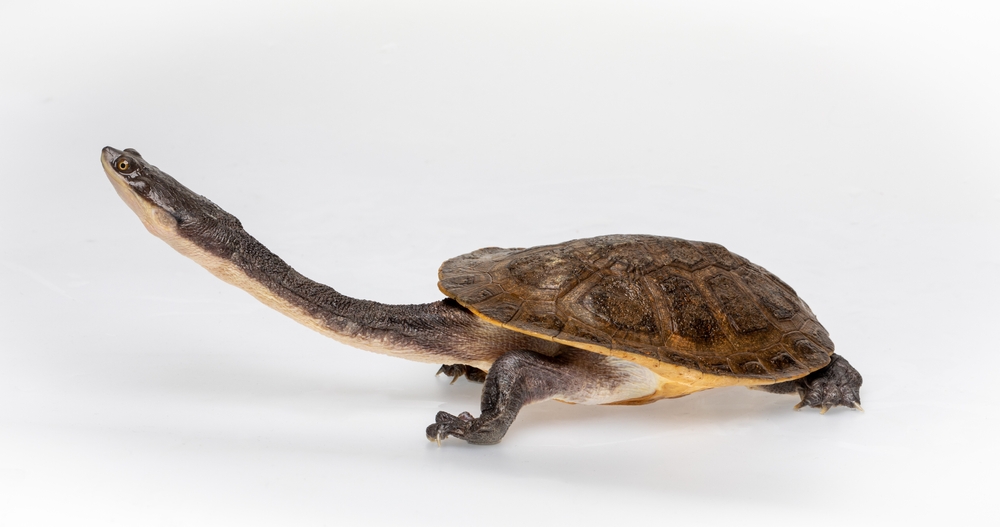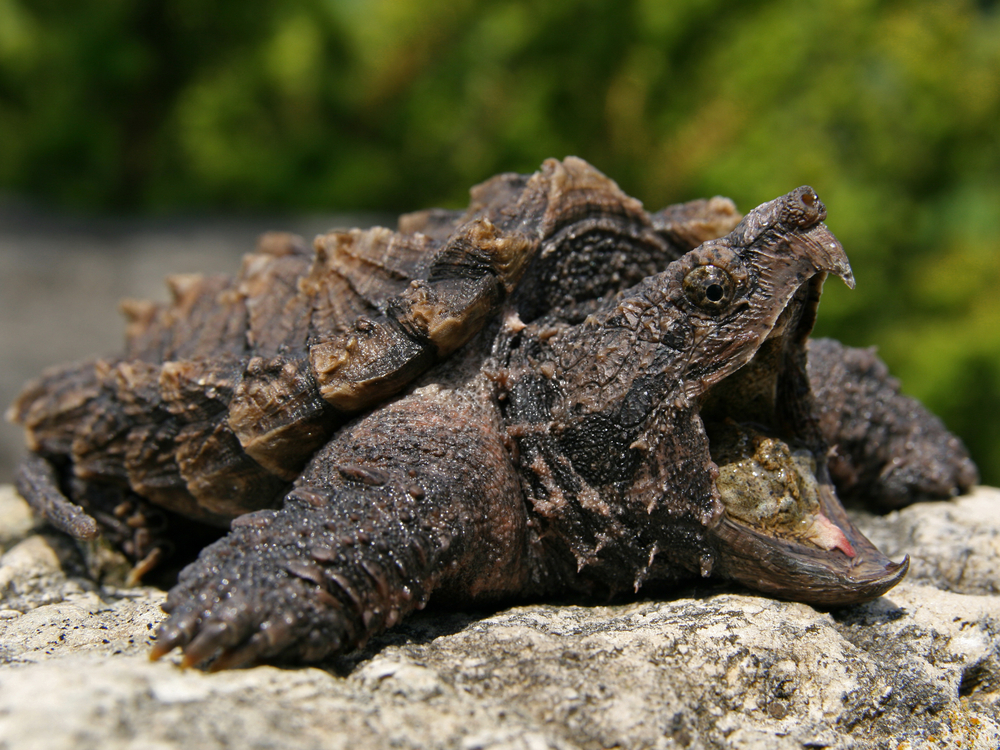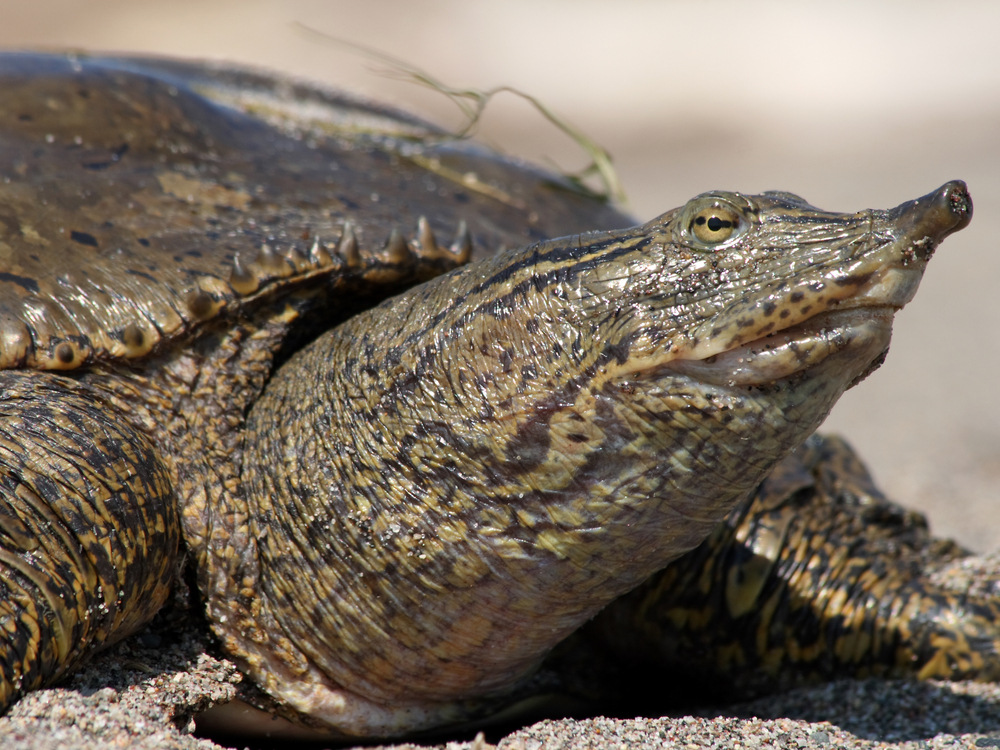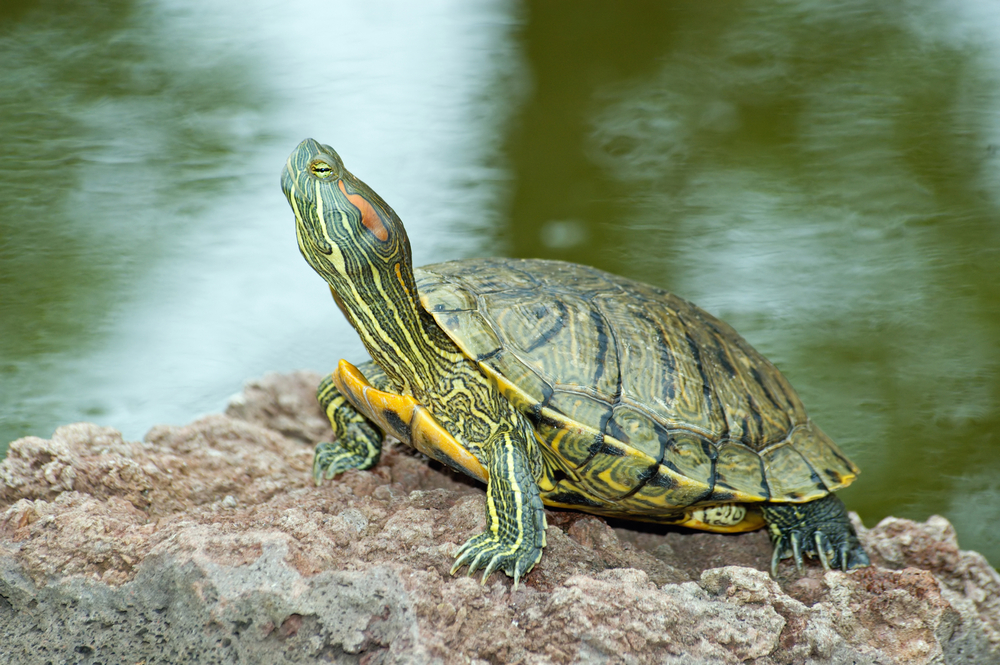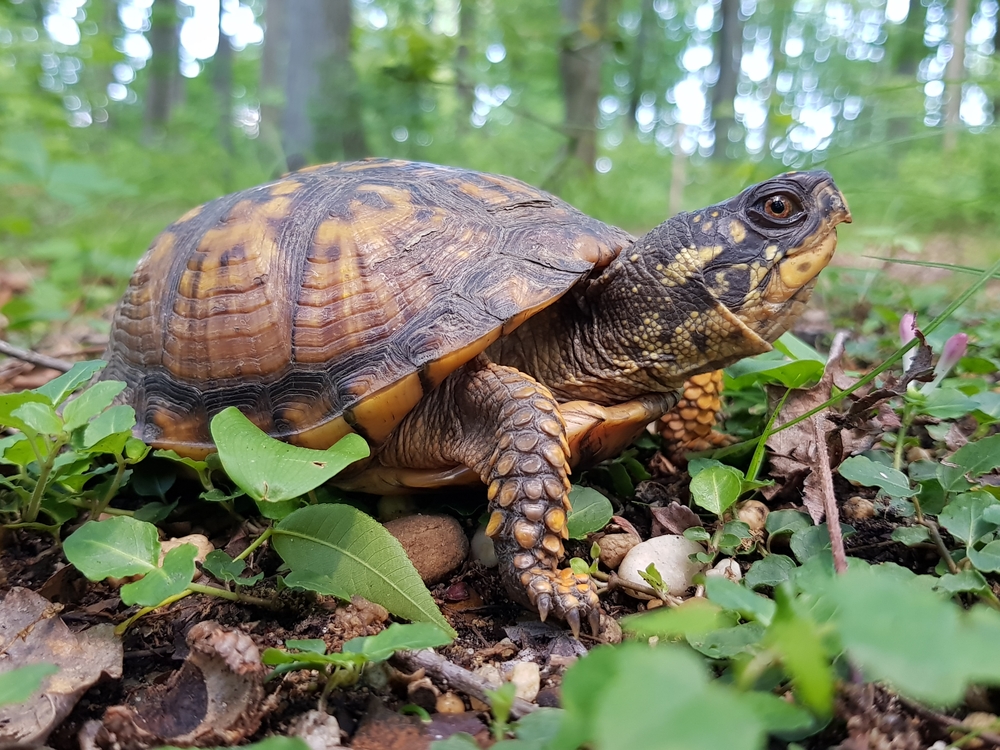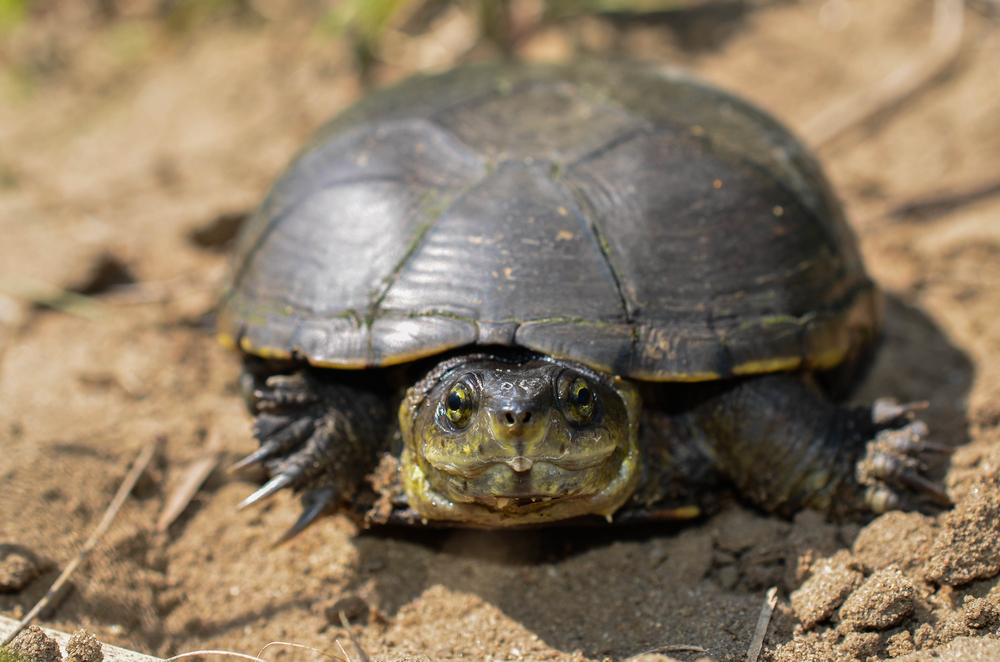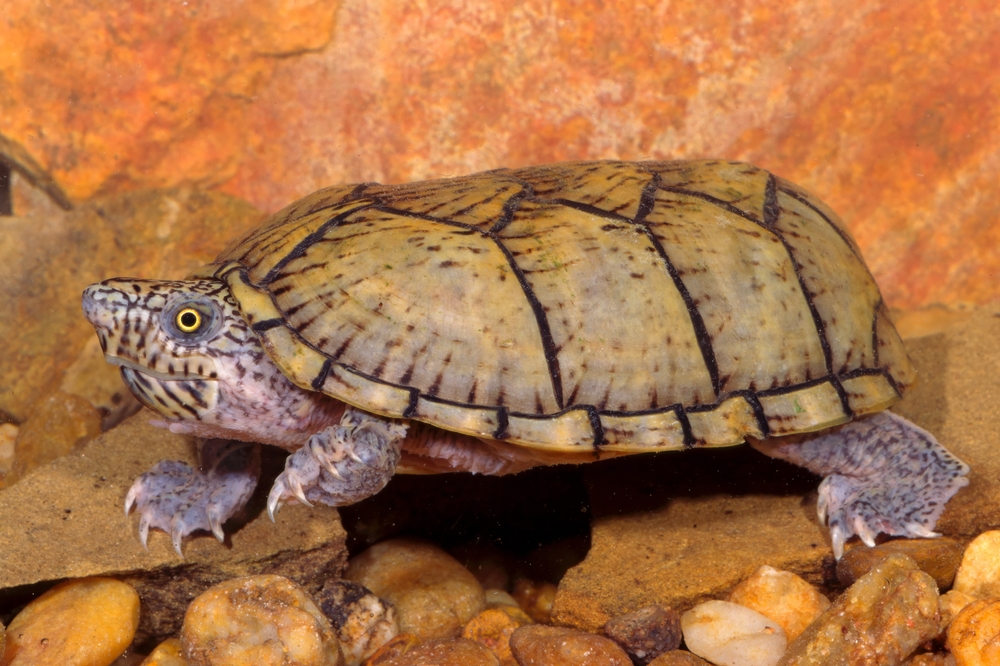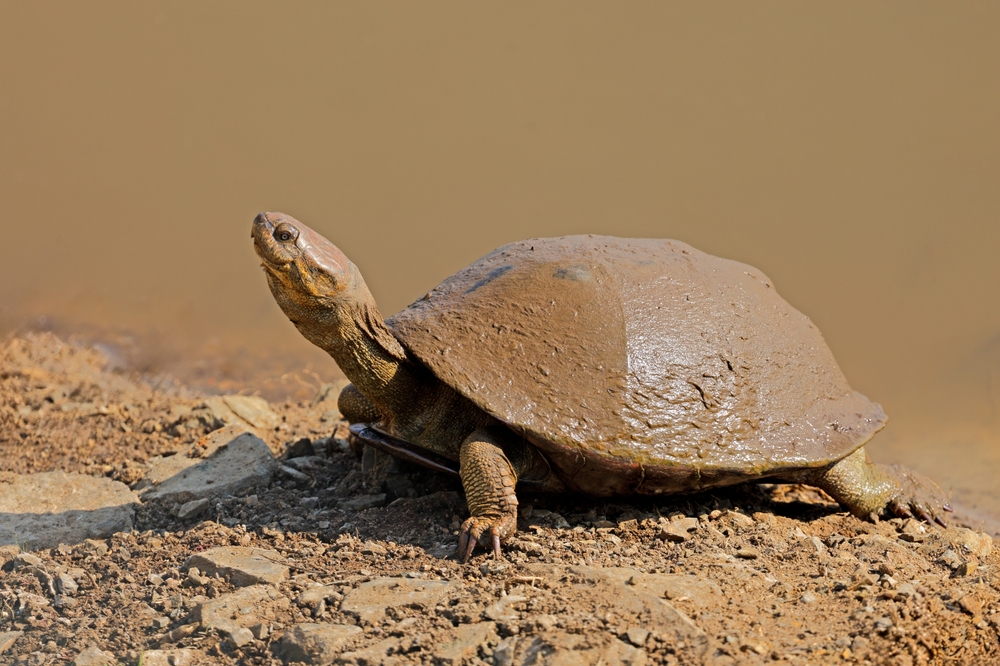About
#Reptile
The snake-necked turtle, also known as the eastern long-necked turtle, is a distinctive freshwater turtle native to eastern Australia, commonly found in slow-moving rivers, swamps, and ponds from Queensland to South Australia. It is easily recognized by its remarkably long neck, which can be nearly as long as its shell and folds sideways under the carapace—an identifying trait of the side-necked turtle family.
Adults typically grow to 20–30 cm (8–12 inches) in shell length, with a dark brown or black, smooth, oval-shaped carapace. The underside (plastron) is pale yellow with dark splotches. The neck is slender and snake-like, often extending dramatically as the turtle reaches for prey or surfaces to breathe. Their head is narrow with a pointed snout and strong jaw.
Snake-necked turtles are carnivorous ambush predators, feeding on aquatic invertebrates, tadpoles, small fish, crustaceans, and insects. Using a rapid strike and suction feeding technique, they extend their neck lightning-fast to grab prey, similar to a snake’s lunge.
They are mostly aquatic but will travel overland to find new water sources, especially after rains. When threatened, they release a pungent-smelling musk from their glands—earning them the nickname “stinker” among locals.
Reproduction is oviparous. Females lay 4–20 eggs in sandy soil or soft ground near water during summer. Hatchlings emerge after 3–5 months and are fully independent, equipped with long necks and keen instincts.
Snake-necked turtles are well adapted to seasonal environments and can survive dry spells by burrowing and estivatingin mud until water returns. Though still common in many areas, they face threats from habitat loss, road mortality, and predation by introduced species.
The snake-necked turtle’s scientific name is Chelodina longicollis, and it belongs to the family Chelidae.
Threatened:
Extinct
Critically Endangered
Endangered
Vulnerable
Near Threatened
Least Concern



































































